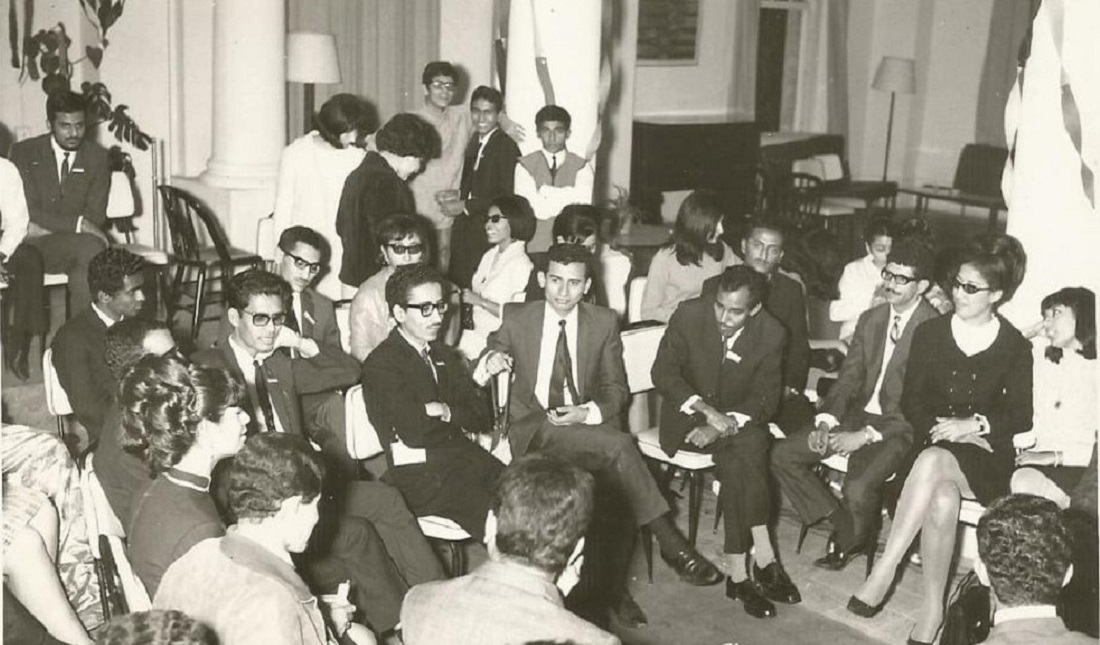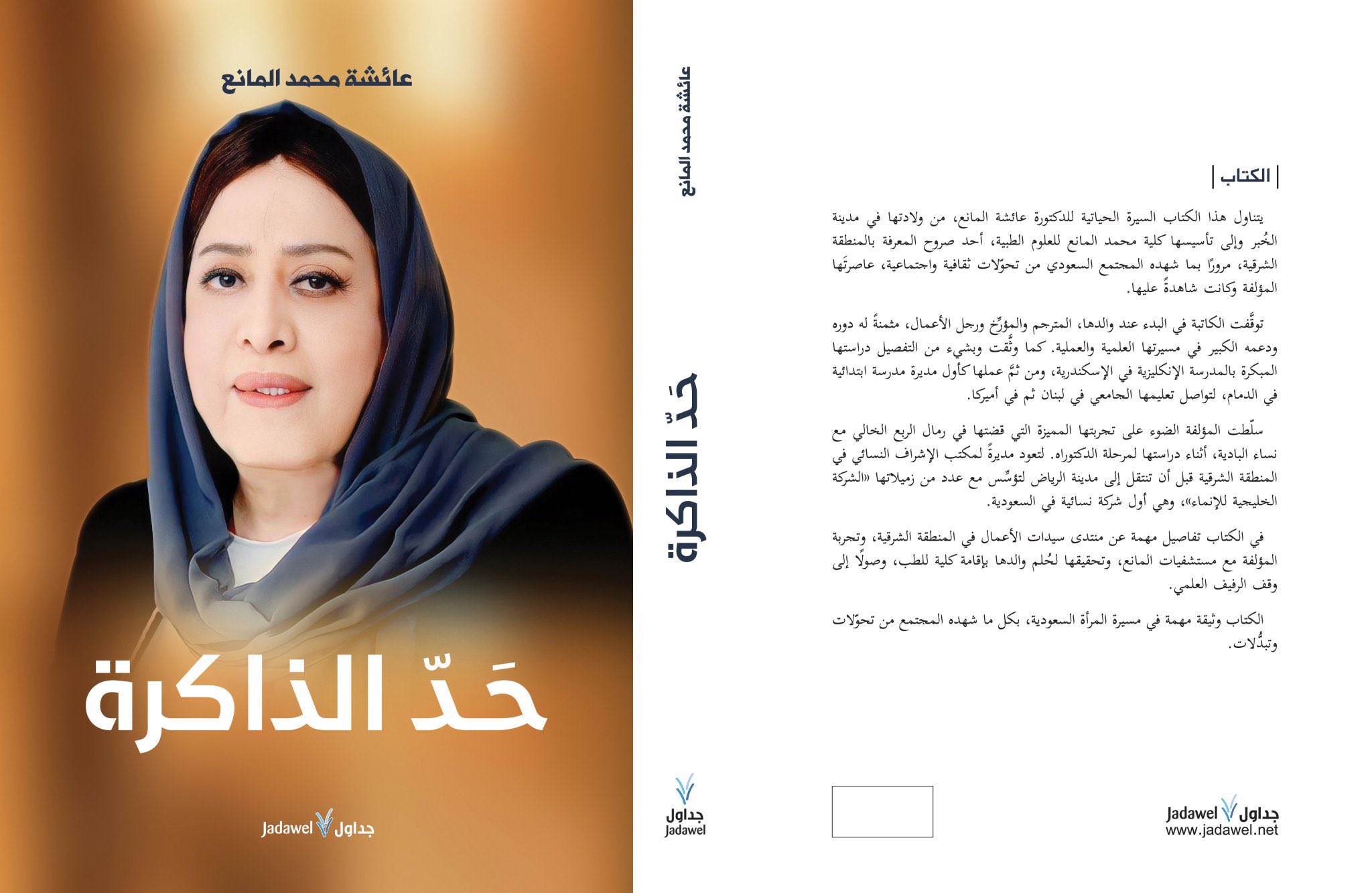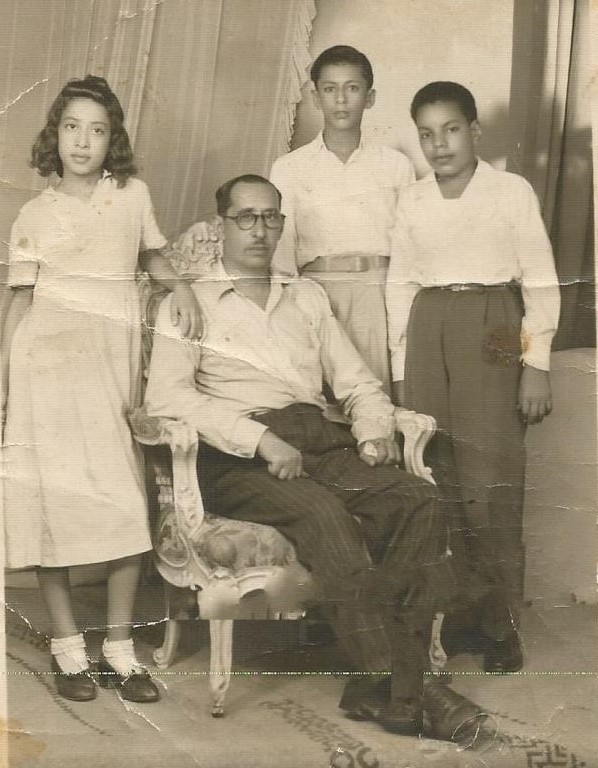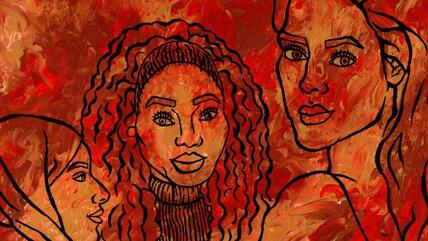Aisha al-Mana – the first woman to drive a car in Riyadh

For decades, women in Saudi Arabia were not allowed to drive. In was only in 2017 that King Salman bin Abdulaziz decreed that women were allowed to obtain driving licences. Within the space of just a few years, the streets and roads of the kingdom filled with women matching the men behind the wheel – even in terms of their hair-raising style of driving.
What was inconceivable just a few years ago is now part and parcel of urban life in Saudi Arabia. The first attempts by Saudi women to disregard the ban on women driving cars were made in the 1990s and were spearheaded by the Saudi-Arabian academic Aisha al-Mana, who was born in 1948.
In the year 1990, al-Mana drove from the city of Khobar on the east coast of Saudi Arabia to the capital, Riyadh. On 6 November of the same year, she and 46 other women drove in convoy through the streets of the capital – a move that met with stinging rebukes from Saudi authorities and clerics.
For a long time, it was unclear what had triggered the motorcade through Riyadh and where the courage to undertake it had come from.
In her autobiography, the title of which translates as The Boundaries of Memory, however, al-Mana talks not only about her childhood and her studies in America, but also about driving for the first time in Saudi Arabia in the 1990s.

Learning to ride a bicycle
In the early twentieth century, her father, Muhammad al-Mana, spent twelve years of his childhood in India, where he attended an English school. He returned to Saudi Arabia in his 20s and worked as an interpreter for King Abdulaziz Al Saud (1880–1953). He also acted as an interpreter for Indian businessmen and moderated the discussions between the king and the Orientalist Leopold Weiss, who was known in the West as Muhammad Asad after his conversion to Islam.
In the mid-1930s, al-Mana's father switched to the California Arabian Oil company (now Aramco) when it began drilling for oil in eastern Saudi Arabia and later became a service company. In the years that followed, Khobar underwent massive transformation as the powers that be tried to create a city along the lines of Manhattan. It was here in this city of dreams that Aisha al-Mana grew up. But despite the urban development all around her, girls' education was limited to household and family matters.
One day, while Aisha was playing with the neighbours' children, her father came and collected her and brought her to the nearby airport. Once there, he told her that he was bringing her to Egypt, where she would go to school. He took her hand and said, "Aisha, I don't want you to end up like your mother and grandmother. I want you to study and, later on, to teach girls in your country." This sentence engraved itself on her mind. In Egypt, she attended the English Girls' College (later Al-Nasr School) in Alexandria.
Unlike certain Arab intellectuals and post-colonial writers such as Edward Said, who wrote of their negative experiences at foreign schools, Aisha al-Mana seems to have good memories of this period of her life. She writes of her gratitude for these years that shaped her personality and allowed her to learn a lot of things at a young age – such as how to ride a bicycle – which simply would not have been possible at the time in Saudi Arabia. She could not have known at the time that she would one day exchange the bicycle for a car and would drive through the streets of Riyadh.

A waitress from the Land of Oil
Aisha moved to Beirut, but did not stay there for long. She later decided to continue her studies in America.
A large number of Saudi students went to America in the 1960s and 70s, and it would seem that scholarships were awarded not only to Saudi men, but also to a number of Saudi women, such as the famous anthropologist Thuraya Turki.
Although her father fervently hoped that she would study medicine, al-Mana studied sociology. At American universities in the 1970s, she witnessed a number of protests against apartheid and the Vietnam War. Interestingly, this young women from the Land of Oil was willing to work as a waitress to supplement her income while her family was going through a difficult period.
For her final dissertation, she wrote about religiousness in Saudi society and noted that the issue of the hijab had been viewed with much more openness and progressiveness in Egypt and some parts of Saudi Arabia in the 50s than it was in the 60s when the Islamic awakening (Sahwa) spread into all areas of life. She had no qualms emphasising that the hijab was a social practice and not a religious rite.
This conviction was later borne out in the private photos she used to illustrate her autobiography. While her photo on the cover of the book shows her wearing a simple hijab out of respect for local Saudi traditions, there are many pictures inside the book where she can be seen without a headscarf.
Al-Mana completed her degree in Social Science at the renowned University of Colorado and returned home to Saudi Arabia. There, she came face to face with the laws, traditions and influence of the religious establishment every time she wanted to implement a plan.

Arab women – fighting for their rights for 60 years
Over the years, Arab women demanding change to the status quo have faced fierce resistance from legislators and decision-makers alike. This merely reflects the fear felt by men faced with losing control of the current gender imbalance. By Hana Bu Hejji
U.S. women soldiers in Saudi Arabia
After the Iraqi invasion of Kuwait in 1990, the atmosphere in the Gulf was tense. The U.S. responded by stationing troops in several Saudi cities.
At the time, Aisha al-Mana availed of the services of a private chauffeur to get around. One day, she watched a passing U.S. military convoy on its way from Khobar to Riyadh. She noticed that some of the vehicles were being driven by women and decided that she wanted to drive herself, just as she had done during her time abroad. To the astonishment of her Sri Lankan driver, she asked him to swap places with her, took a seat behind the wheel of her white Lincoln and set off for the capital.
When she got there, people looked at her like she was an alien. She drove to her place of work and told her friends what joy the drive had brought her.
Several days later, Aisha and 46 other women met in a house in Riyadh and discussed how difficult it was for them to get around the city since many foreign drivers had fled the country. The women knew that if war broke out, the men would be sent to the border. Although the idea was maybe something of an overreaction, they inspired the women to stand up for their right to drive a car, just like American women soldiers did or the Kuwaiti women who had fled to Saudi Arabia. On 6 November 1990, the women got into their cars and drove through Riyadh.
They were soon spotted and followed by a police car, brought to the police station, but released later the same day. Three decades later, the women who took part in this audacious journey celebrate the fact that it was the first attempt by a group of Saudi women to drive in Riyadh.
© Qantara.de 2024
Translated from the German by Aingeal Flanagan